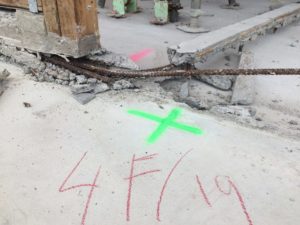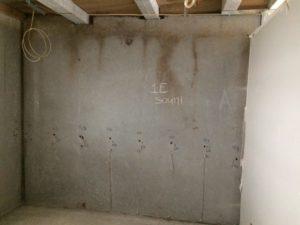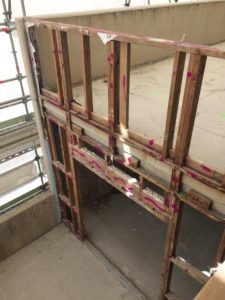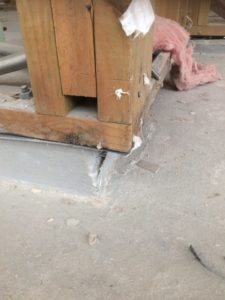We’ve become privy to a number of faulty construction jobs throughout our work in the structural industry; the wonderful aspect […]
We’ve become privy to a number of faulty construction jobs throughout our work in the structural industry; the wonderful aspect for CSI is that we can be part of the solution for Engineers, and assist with identifying the issues so they can be remediated. Ultimately, keeping everyone safer (keeping in mind the potential cost to human life, mental, physical and financial well-being plus the enormous ‘false economy’ that goes with cheap and often defective buildings). Here is an apartment building that has been identified, it was a complex that was a ‘bad leaker,’ with a range of structural defects found. Ripping out of the linings has shown:
“Defects observed include rusting reinforcing in nibs, timber degradation due moisture ingress, mould on concrete walls behind gib linings, joint seals mouldy or missing, timber framing hanging over entrance way nibs and steel reinforcing not inserted in drossbach tubes (basement). The Drossbach inspections are still in progress.”





So far, the repair process has seen the estimated cost of repairs rise to 50% higher than the Council payout, so the innocent owners are likely to be severely out of pocket. This is a very great shame for the parties involved
—–
IF KING HAMMURABI WAS NOT ABOVE CARING ABOUT B&C, AND COULD HOLD ‘CONSTRUCTION PROFESSIONALS’ ACCOUNTABLE 3800 YEARS AGO, WHY CAN’T WE?


Hammurabi’s Code is among the oldest translatable writings. It consists of 282 laws, most concerning punishment. Each law takes into account the perpetrator’s status. The code also includes the earliest known construction laws, designed to align the incentives of builder and occupant to ensure that builders created safe homes:
231. If it causes the death of a slave of the owner of the house, he shall give to the owner of the house a slave of equal value.
232. If it destroys property, he shall restore whatever it destroyed, and because he did not make the house which he builds firm and it collapsed, he shall rebuild the house which collapsed at his own expense.
233. If a builder builds a house for a man and does not make its construction meet the requirements and a wall falls in, that builder shall strengthen the wall at his own expense.
( We are thankfully certainly not looking to swap ‘slaves’ here in NZ, and this piece is presented in jest – but at least it seems human rights have come a long way in our part of the world!!)
—–
Jumping back into the 21st century, CSI would like to give a warm welcome to Pascal, the newest member of our CSI Auckland team and already taking his role by storm.

Leave a Reply
You must be logged in to post a comment.